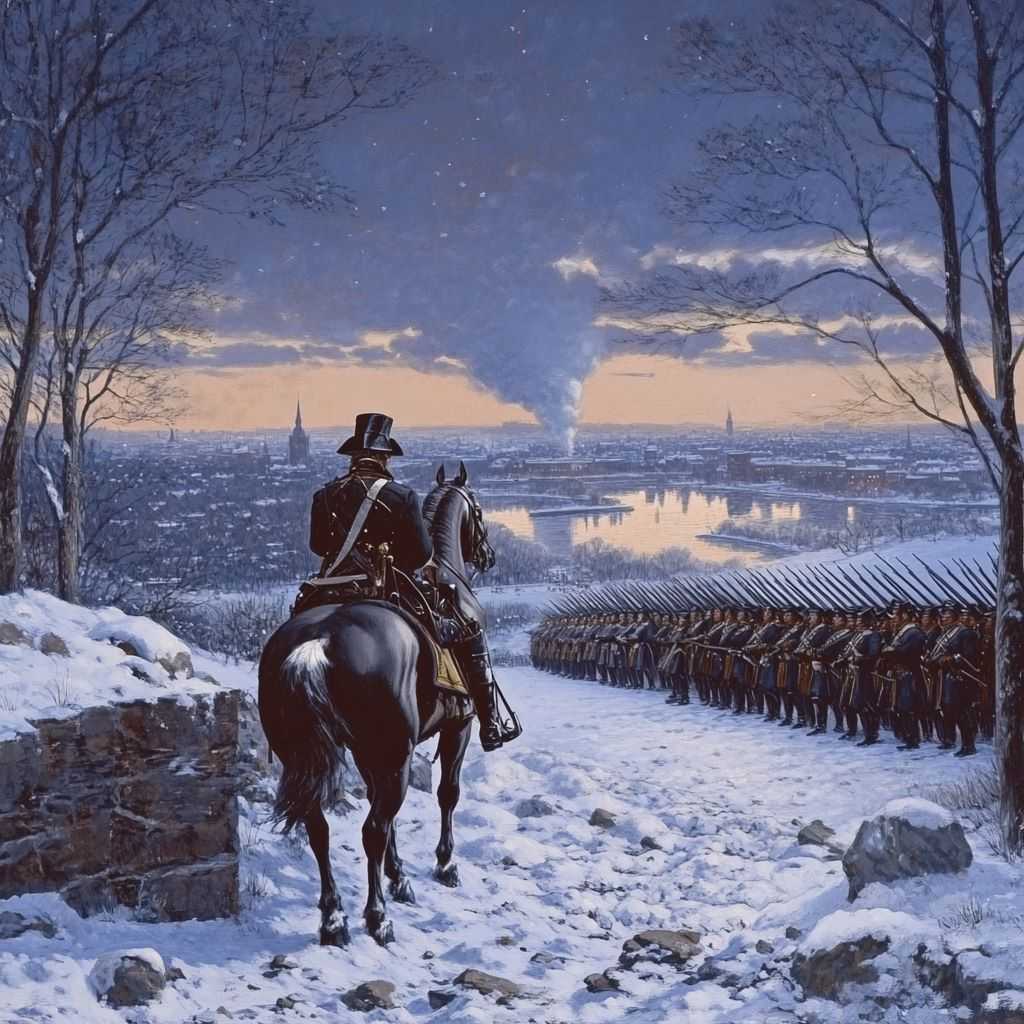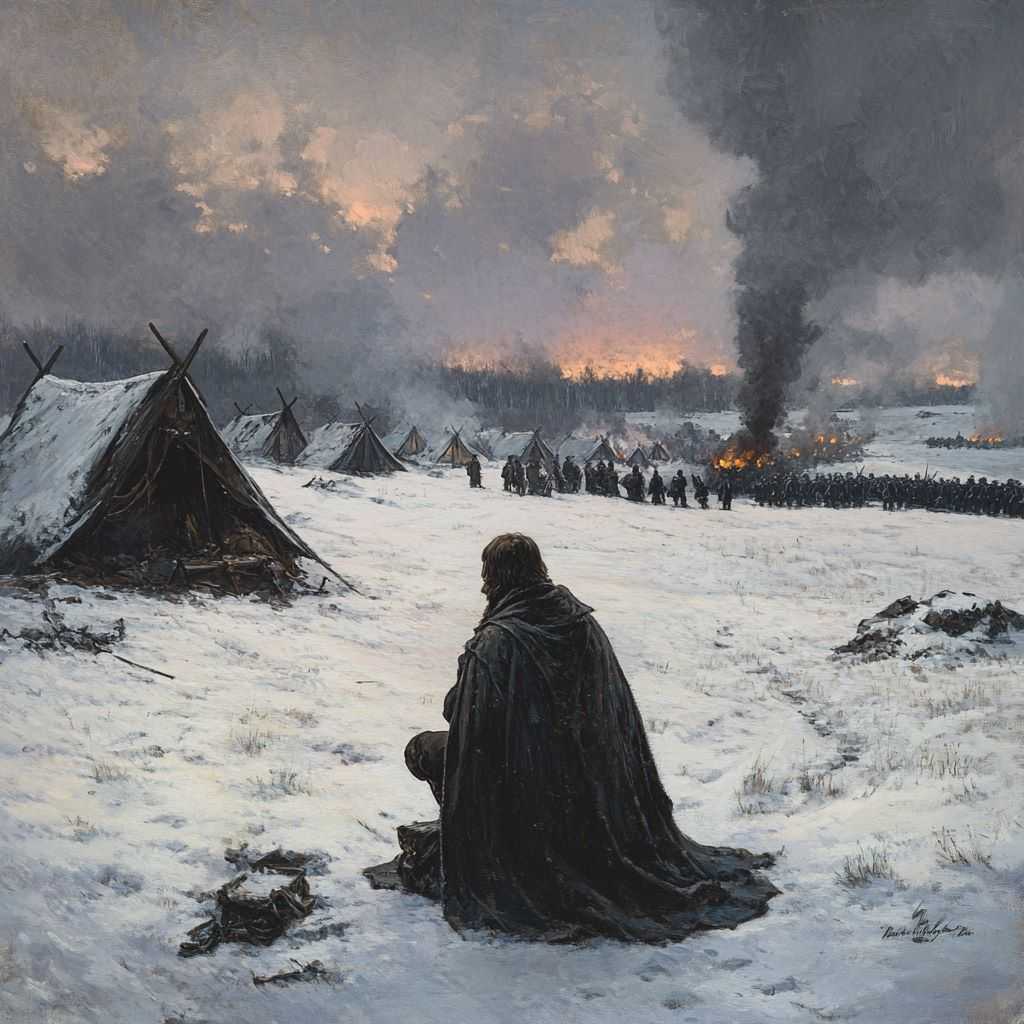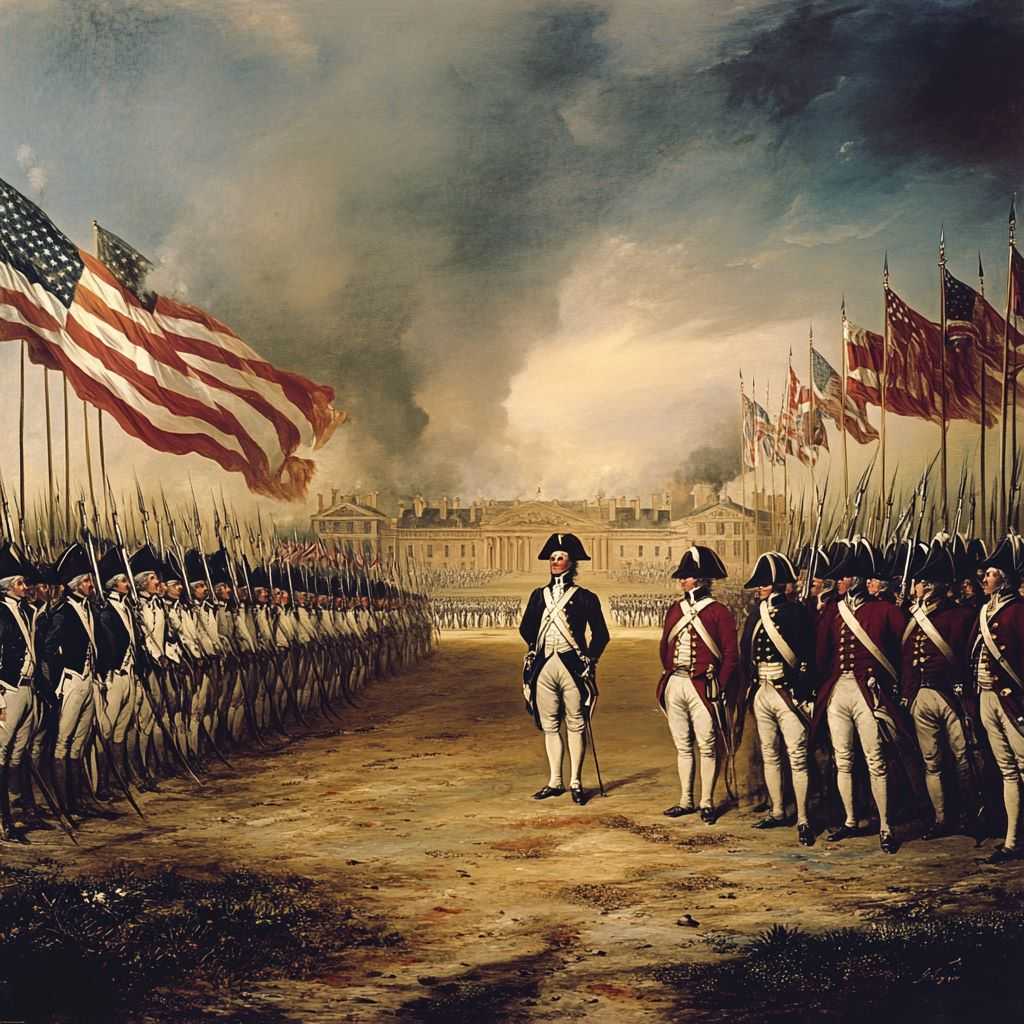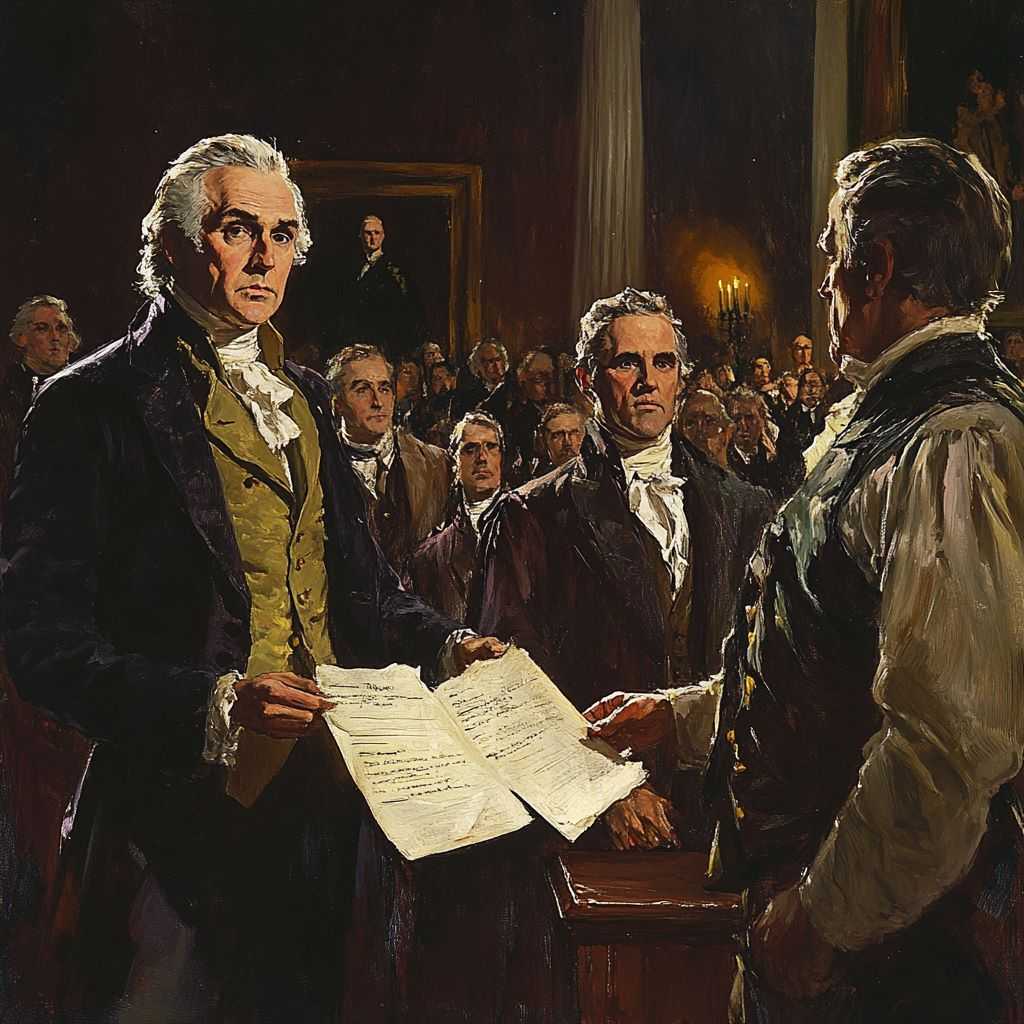Commander of Destiny - George Washington and the Revolution That Defined America (1775–1783)

When George Washington stepped into the Second Continental Congress in 1775, he didn’t know he was about to lead a ragtag colonial army against the most powerful empire in the world. But by the time the war ended eight years later, he wasn’t just a general — he was a symbol of a new nation’s spirit.
This is the story of how a man with no formal military training became the iron will behind American independence — and what it cost him.
The Reluctant Commander
In June 1775, amid rising tensions and open rebellion in Massachusetts, Washington was unanimously chosen as Commander-in-Chief of the Continental Army.
He accepted — not because he craved power, but because he believed in the cause. He even refused a salary, asking only for his expenses to be covered. His presence, clad in military uniform, sent a message: America was at war.

Cambridge & the Birth of the Army
Washington took command in Cambridge, Massachusetts, in July 1775. What he found wasn’t an army — it was a disorganized mix of volunteers, farmers, and militiamen.
There were no uniforms, no discipline, and barely any ammunition. But Washington got to work. Drilling, organizing, and — crucially — keeping morale alive.
He laid siege to British-occupied Boston, and by March 1776, using cannons dragged from Fort Ticonderoga, he forced the British to evacuate.

It was America’s first major victory.
Disaster in New York
Then came 1776 — the year of the Declaration… and a series of humiliating defeats.
Washington faced General William Howe’s massive British army in New York. The Americans were outmaneuvered, outnumbered, and pushed back repeatedly. Washington’s army was nearly destroyed.
But instead of surrendering, he pulled off a series of daring escapes — including a legendary nighttime withdrawal across the East River under cover of fog.

The Christmas That Saved the Revolution
By December, Washington’s army was freezing, demoralized, and on the brink of collapse. Many believed the revolution was over.
Then came Trenton.
On Christmas night, 1776, Washington crossed the icy Delaware River with 2,400 men and surprised a garrison of Hessian mercenaries. The victory was swift and bold — and it reignited American hope.

Days later, he struck again at Princeton. The tide was turning.
Holding It Together at Valley Forge
In the winter of 1777–78, Washington’s army endured the brutal cold at Valley Forge. Food was scarce. Disease spread. Morale was low.
But Washington stayed. He ate what his men ate. He walked through the snow with them. He brought in the Prussian officer Baron von Steuben, who trained the army into a real fighting force.
By spring, the Continental Army emerged transformed.

The War of Attrition
From Monmouth to the southern campaigns, Washington fought a slow, grinding war. He couldn’t match British firepower, but he could outlast them.
He avoided full destruction, wore the British down, and allowed American diplomats and allies — especially the French — to shift the tide.
In 1781, everything came to a head at Yorktown.

Yorktown: The Final Blow
With French naval support and General Rochambeau at his side, Washington marched his troops south and laid siege to Yorktown, Virginia.
British General Cornwallis, trapped by land and sea, surrendered on October 19, 1781.
It wasn’t just a victory — it was the end of the war.

The Power to Walk Away
Even after victory, Washington shocked the world by resigning his commission to Congress in 1783.
He could have become a king — people would have followed him. Instead, he returned home to Mount Vernon. His message was clear: The people, not a man, should rule.
King George III reportedly said, “If he does that, he will be the greatest man in the world.”

Conclusion: A Hero Forged in Fire
George Washington didn’t just fight a war — he held a nation together by willpower alone. He led men into freezing battles, lost more often than he won, but never gave up.
He proved that true leadership isn’t about glory — it’s about sacrifice.
He walked away when others would’ve clung to power. And in doing so, he became the model for American leadership, from that day forward.
